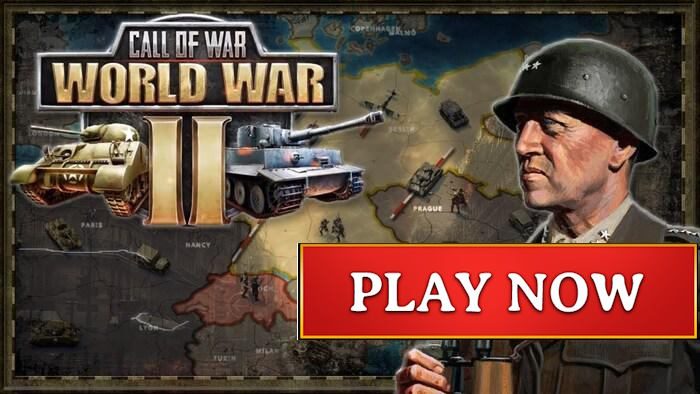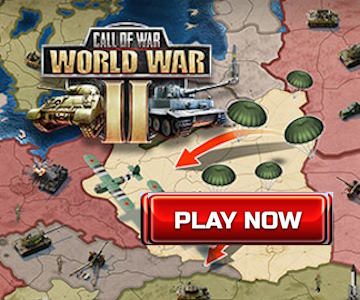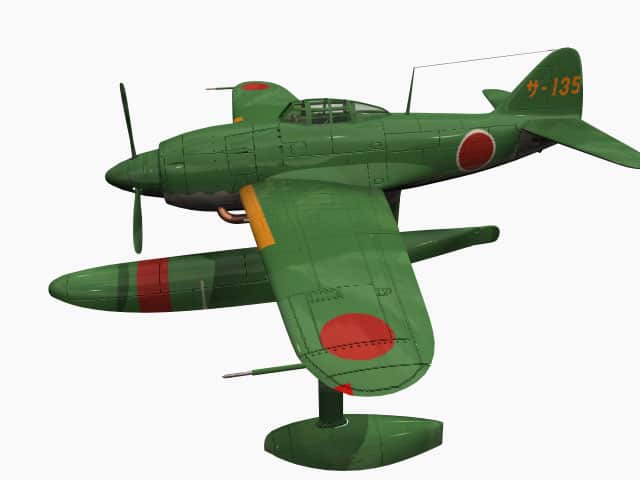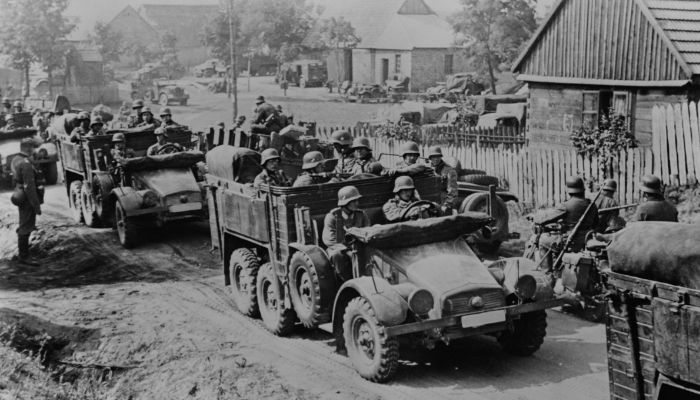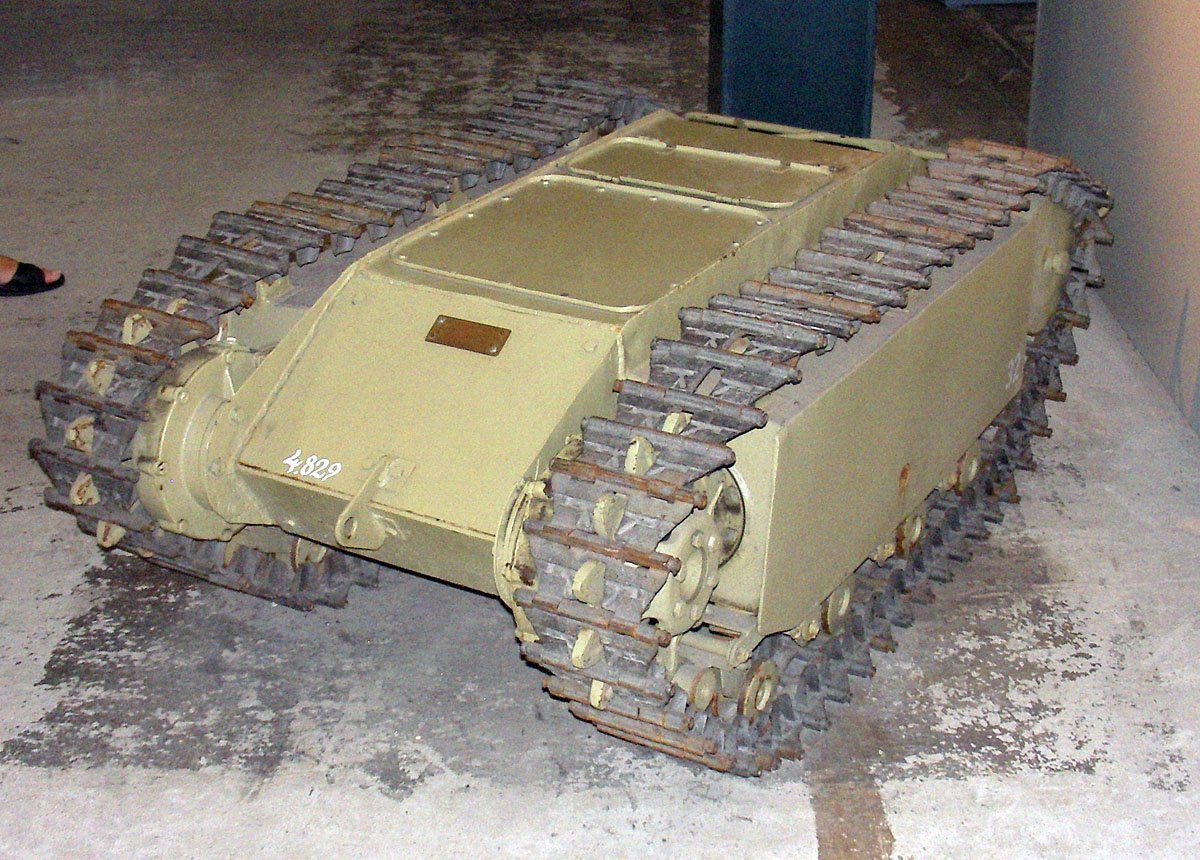Tanks used by German occupation forces in the Balkans during World War II.
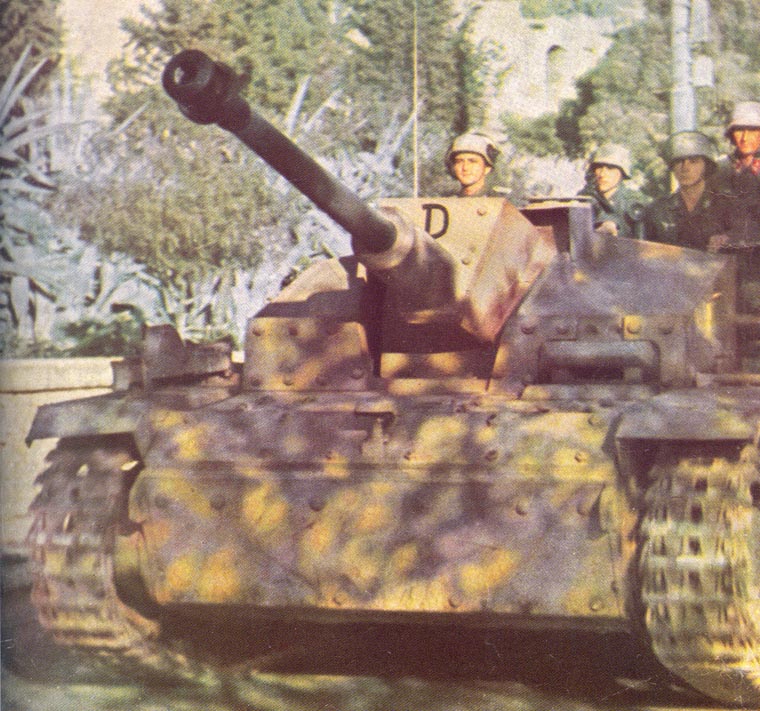
Tanks of the German occupation forces in the Balkans
Table of Contents
During World War II, German occupation forces in the Balkans employed a variety of tanks and armored vehicles. The specific models used varied over time and depending on the theater of operations, but generally included:
Common German Tanks in the Balkans
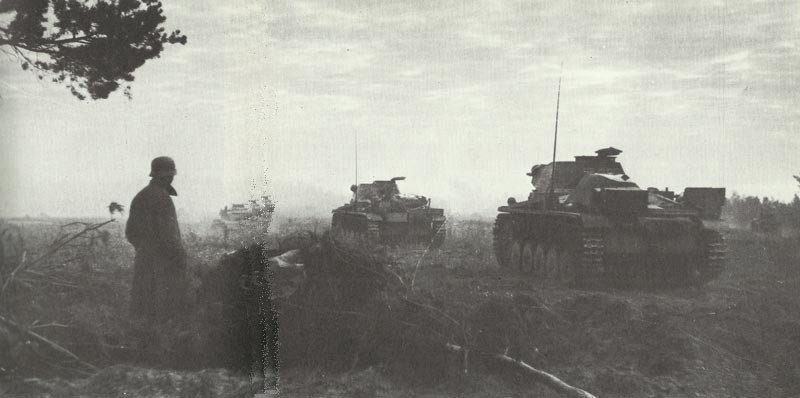
Panzerkampfwagen III (Panzer III)
– The Panzer III was one of the main battle tanks used by Germany in the early and mid-war period. It was widely deployed during the invasion and occupation of Yugoslavia and Greece in 1941.
– Variants included different armaments, but many were equipped with a 37mm or later a 50mm gun.
Panzerkampfwagen IV (Panzer IV)
– The Panzer IV was the workhorse medium tank of the German army throughout the war. It was more heavily armored and armed than the Panzer III and was often used in occupation duties and anti-partisan operations in the Balkans.
– Early variants had short-barreled 75mm guns, while later models featured long-barreled 75mm guns capable of engaging enemy armor.
Panzer 38(t)
– Originally a Czechoslovakian tank, the Panzer 38(t) was incorporated into the German armored forces after the occupation of Czechoslovakia. It was relatively light but reliable and was used in early Balkan campaigns.
– By mid-war, it was mostly relegated to secondary roles due to its lighter armor and armament.
StuG III (Sturmgeschütz III)
– This assault gun/tank destroyer variant based on the Panzer III chassis was widely used by German forces, including in the Balkans. It was effective in infantry support and anti-partisan operations.
Usage Context
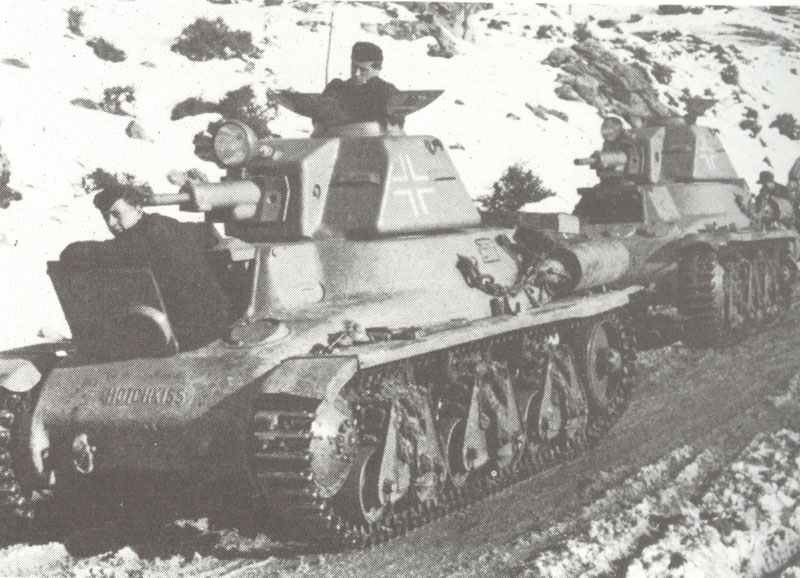
– The Balkans campaign initially involved fast-moving armored units during the invasions of Yugoslavia and Greece in April 1941.
– After the initial conquest, German forces faced significant partisan resistance, which led to the use of tanks and armored vehicles in anti-partisan sweeps.
– Due to the rough terrain and the nature of guerrilla warfare, lighter and more mobile vehicles were often preferred for patrol and control duties.
– German occupation forces also used captured or locally produced armored vehicles and improvised armored cars for security operations.
The primary tanks used by German occupation forces in the Balkans were Panzer III, Panzer IV, Panzer 38(t), and StuG III assault guns. These vehicles were utilized both during the initial invasions and throughout the occupation period, particularly in anti-partisan and security operations.
The Balkans—Northern Greece, the region now called North Macedonia (formerly FYROM), and the nearby patchwork of borders—have this layered, tangled history. It’s always felt like a place where East and West brush up against each other, and you can see the fingerprints of empires everywhere if you look hard enough.
All this back-and-forth has shaped the atmosphere around the Mediterranean and Aegean, making it a bit different from anywhere else. In particular, war and occupation left their mark—especially during World War II, when German troops and armored vehicles rolled through villages and towns.
Those years aren’t just in dusty books; they’re in stories passed around kitchen tables, and in the faded snapshots tucked into drawers. You hear about tanks and trucks, abandoned by the roads’s edge or rusting away in the woods, sometimes stumbled upon decades later by curious locals or history buffs poking around.
Some of these vehicles became unexpected landmarks, tied to tales of loss or survival. There were tragic moments, too—civilians caught up in the chaos, families split apart by violence. It’s hard to overstate how much these memories stick around, shaping how people see themselves and their neighbors.
Historical Incidents and Military Presence
People still talk about the night a convoy stalled near the lake, or the time a tank sank into the mud and never came out. These aren’t just ghost stories—they’re woven into the local identity, little reminders of how unpredictable life can get in wartime.
Sometimes, the stories are grim. War doesn’t really care who’s in the way, and the scars left behind can be hard to talk about, even now. The push and pull between locals, soldiers, and the authorities back then was messy, full of suspicion and uneasy alliances.
Regional Film and Cultural Representation
On a different note, the cultural scene up north has taken off in recent years, with festivals and art groups popping up all over. The Thessaloniki International Film Festival is a big deal—if you’re into cinema, it’s the kind of event that puts Greek filmmakers on the map, and it draws in talent from all over.
It’s not just about glitzy premieres, either. The festival leans into films that dig into social questions, human rights, and the complicated legacies of the region. The Hellenic Ministry of Culture and Sports has thrown its weight behind these projects, hoping to spark more conversations about what freedom of expression really means.
There’s a push to make cinema more than just entertainment—something that can challenge, provoke, maybe even ruffle a few feathers. That’s how you know the art scene’s alive and kicking.
Human Rights and Freedom of Artistic Expression
Human rights pop up again and again in the films and art coming out of this part of the world. Stories of wartime suffering, occupation, and the search for dignity aren’t just background noise—they’re front and center.
Filmmakers here have had to navigate some tricky territory, especially when it comes to censorship or taboo topics. Still, things are changing, bit by bit. International festivals have helped open the doors, letting a wider range of voices get heard, even if it’s not always an easy road.
Summary Table of Key Points
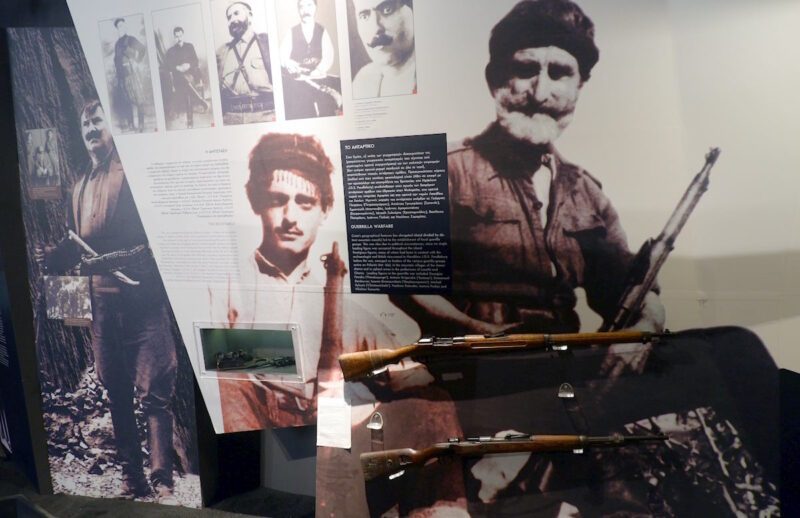
Aspect |
Details |
|---|---|
Geography |
Balkans, Northern Greece, Mediterranean, Aegean, Southeastern Europe |
Historical Context |
Wartime occupation, German military presence, local stories of conflict and survival |
Cultural Platforms |
Thessaloniki International Film Festival, Hellenic Ministry of Culture and Sports |
Artistic Focus |
Greek cinema, human rights themes, addressing censorship, cinematic experiences |
Regional Importance |
Bridging Balkan and Mediterranean identities, shaping local and international cultural output |
The interplay between historical memory, cultural expression, and regional identity is at the heart of understanding this area.
It’s something historians, filmmakers, and cultural institutions are still wrestling with, trying to preserve and show off the tangled complexity of Southeastern Europe.


